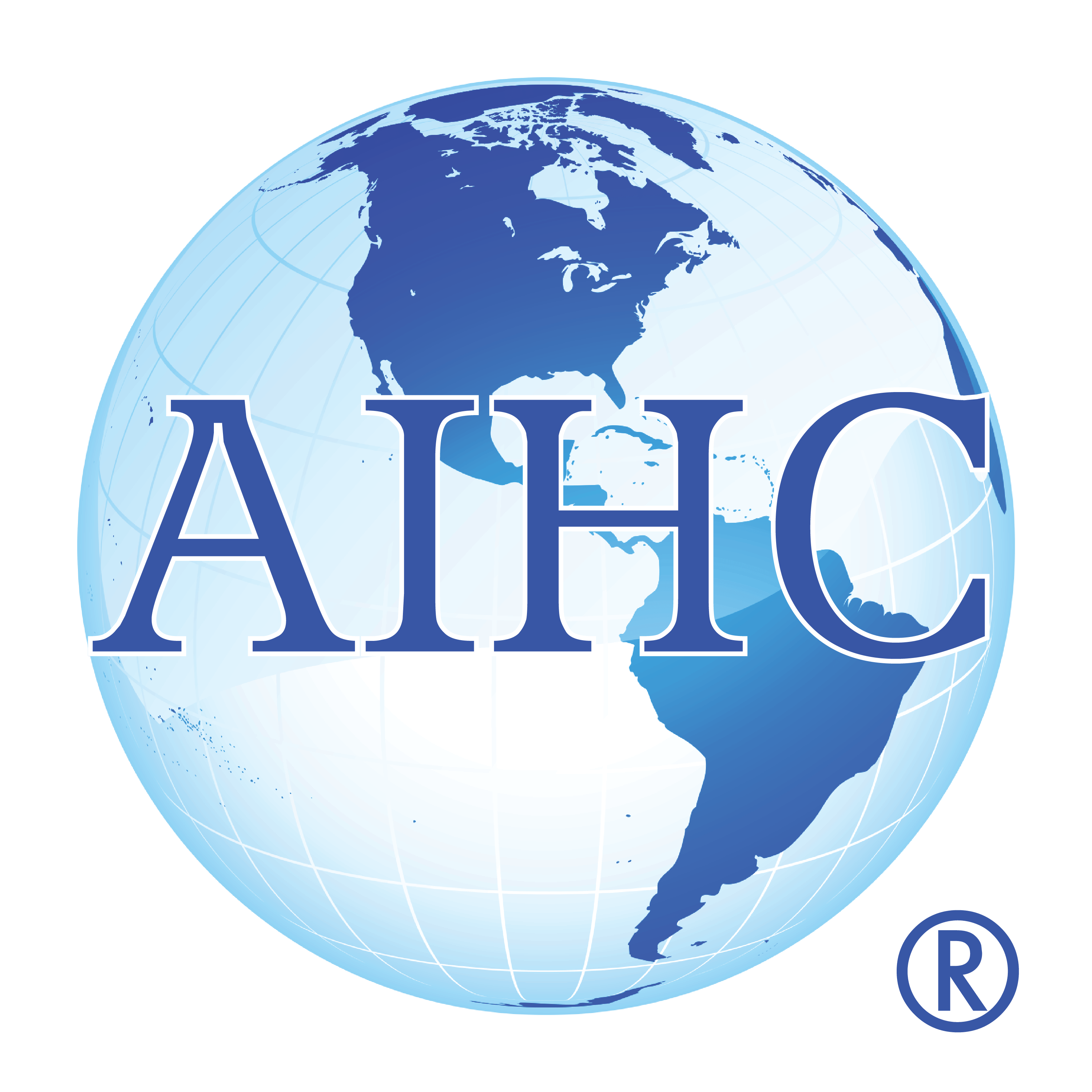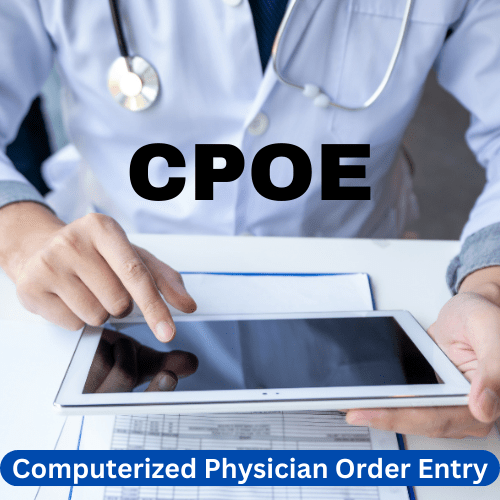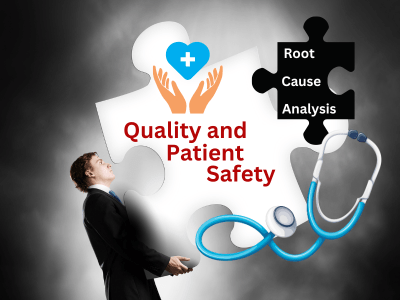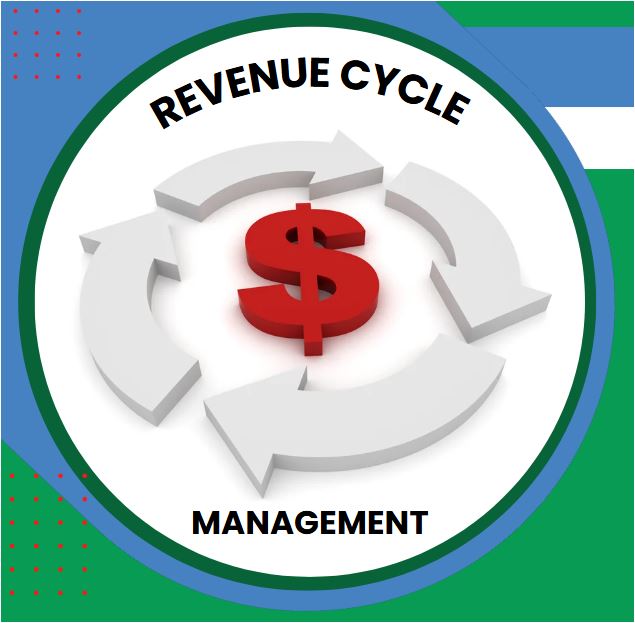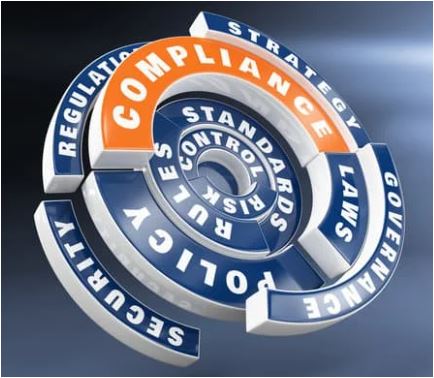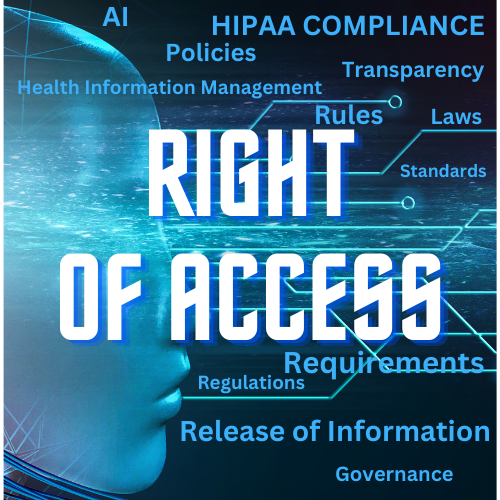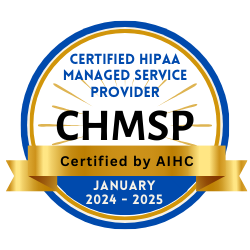Documentation, Coding & Quality of Care
Documentation shows how decisions related to patient care were made, promoting transparency and accountability within the healthcare system. Accurate documentation in healthcare is crucial for ensuring patient safety, facilitating effective communication among providers, supporting informed decision-making, and promoting financial integrity. Detailed records ensure continuity of care to facilitate smooth transitions of care between different healthcare providers and settings, ensuring that no critical information is lost. Timely, detailed patient records facilitate safety and quality of care by providing up-to-date information, minimizing miscommunications and improving care coordination.
Accurate documentation in healthcare is not just a clerical task; it's a fundamental aspect of providing safe, effective, and efficient patient care while upholding legal and ethical standards. Government reports and studies highlight the importance of complete, accurate, and timely documentation, while also noting the challenges and potential areas for improvement. The Centers for Medicare & Medicaid Services (CMS) indicates on the Medicaid Documentation Matters Toolkit page, “Providers are responsible for documenting each patient encounter completely, accurately, and on time. Because providers rely on documentation to communicate important patient information, incomplete and inaccurate documentation can result in unintended and even dangerous patient outcomes. Accurate documentation supports compliance with federal and state laws and reduces fraud, waste, and abuse.”
As stated by CMS, documentation is a compliance matter and supports coding compliant claims to insurance. Accurate code assignment based on detailed documentation in the patient’s medical record allows the codes to describe complex procedures, ensuring accurate billing, appropriate reimbursement, and valuable data for healthcare analysis and research. When codes accurately reflect a patient’s condition and the treatment provided, it fosters a seamless communication flow between primary care physicians, specialists, and any additional providers involved in a patient’s treatment plan.
Correct billing is vital for the financial stability of healthcare providers. Accurate billing reflects information recorded by the provider when ensures that all services rendered are appropriately charged and reimbursed, preventing revenue loss and ensuring the sustainability of healthcare practices.
Many providers are moving toward value-based payment models, making coding accuracy increasingly vital. For example, the Hierarchical Condition Category (HCC) risk adjustment model estimates costs associated with Medicare Advantage beneficiaries and assigns a Risk Adjustment Factor (RAF), which affects annual reimbursement. But appropriate documentation and coding goes beyond the financial aspects of reimbursement and compliance.
Billing and coding streamline administrative processes by standardizing how medical services are recorded and billed. This standardization simplifies the administrative workload, allowing healthcare providers to focus more on patient care rather than paperwork.
Medical coding provides a structured way to document patient conditions and treatments, which can be used to analyze trends, identify best practices, and improve clinical decision-making. By analyzing coded data, healthcare providers can identify areas where they are providing high-quality care and areas where improvements can be made. This data-driven approach helps to ensure that patients receive the most appropriate and effective treatments.
Whether documentation is generated through electronic health records, a scribe, dictation or Artificial Intelligence, it must be concise, complete and constructed using standardized medical terminologies and abbreviations which forms a “picture” of the patient’s health status. Which leads us to our next topic, coding and technology integration.
Coding and Technology Integration
The automation of billing and coding tasks through software solutions significantly reduces the time and effort required for these processes. Automation minimizes human errors, speeds up the billing cycle, and ensures greater accuracy in coding and claims submission. Today there are advanced solutions to streamline this process which need to be explored and implemented with caution.
Technology integration has transformed medical coding practices. With improvements in electronic health records (EHRs) and artificial intelligence (AI), coding accuracy and efficiency have seen substantial advancements. AI-powered coding systems can review medical records and suggest appropriate codes, relieving some administrative burdens from clinicians. However, there are concerns about using AI for physician documentation as it relates to data security, the potential for bias in algorithms and the impact on trust and accuracy in medical records, in addition to legal implications. It is unknown at this time about the potential for AI-generated notes to be used in malpractice cases and the need for informed consent when AI is involved.
According to an article posted May 2024 by the National Library of Medicine entitled Transforming Health Care With Artificial Intelligence: Redefining Medical Documentation, states that the landscape of AI-enabled medical documentation tools has continued to evolve, offering a wide array of innovative solutions. The implementation of natural language processing technology and predictive analytic capabilities in AI documentation tools has considerably enhanced their ability to accurately transcribe spoken words into written text, predict health concerns, and optimize treatment plans by analyzing diverse datasets
The benefits of integrating AI technologies into medical coding are substantial. AI can automate routine tasks previously handled by coders, such as retrieving medical records and filtering relevant data. This allows coders to focus on complex tasks, including interpreting medical documentation and confirming coding accuracy.
Workflow automation tools can further improve operations. They enable the real-time capture of patient data during clinical encounters, facilitating a smoother transition from documentation to coding. Through automated alerts, providers and coders can ensure they do not overlook critical conditions needing documentation or coding, which increases accuracy.
Health information technology professionals and medical coders can work together to optimize workflows, which can result in more efficient coding processes. Clinical decision support systems can alert coders and providers about diagnoses that qualify for specific codes, enabling timely and accurate submissions. This collaboration can help healthcare organizations improve their operations and ultimately the quality of care provided to patients.
These technological advancements also impact compliance. By using automated coding solutions, healthcare providers can minimize human error and ensure that submitted data meets payer requirements. But we must consider the impact on trust. Patients may lose trust in their healthcare providers if they discover that AI is significantly involved in their medical documentation. Transparency about the use of AI in documentation is crucial to maintaining patient trust.
Patients putting trust in AI software to analyze, generate, and understand their medical documentation makes many uneasy about the new technology. Not only is this new advanced technology not 100% perfect or flawless, but government regulations have not caught up to how AI should be used in healthcare at this time, so move forward with caution and considerable due diligence.
Coding Integrity and CAC
Why Quality Must Precede Compliance in Healthcare Documentation
Computer-Assisted Coding, better known as “CAC” has become the norm over the past decade, but are we producing compliant, accurate results? Compliance begins with quality. In the realm of clinical coding, that means ensuring that documentation tells the full story—and that the codes assigned accurately reflect that story. As CAC becomes more widespread, the need for trained human oversight becomes more critical, not less, which is the reason for this article.
Introduction
In today’s fast-paced healthcare environment, coding accuracy is often caught in the crossfire between compliance pressures, productivity demands, and evolving technology. While documentation may be clinically sound, coding associated with documentation can be misaligned or inaccurate, particularly when it is generated by CAC tools. CAC can trigger regulatory scrutiny, revenue cycle inefficiencies, and reputational risk without verification by an experienced coding first. As a compliance specialist and educator, I contend that quality cannot be compromised for speed or convenience. In fact, quality is the cornerstone of compliance.
Healthcare consultants recently noted that “documentation is often accurate, but the coding is not,” underscoring a critical gap in the way organizations approach their revenue cycle and risk management. This article explores the current landscape of coding discrepancies, the limitations and risks of CAC, and the essential need for robust internal review processes.
The Disconnect Between Documentation and Coding
In many provider organizations, clinical documentation accurately reflects the patient’s story—diagnoses, treatments, and provider decision-making—but coding processes fall short. Coders may misinterpret documentation, overlook nuances, or rely too heavily on automation, leading to miscoded encounters that can have ripple effects across billing, audit, and quality reporting systems. When errors go undetected, the result can be upcoded services, denied claims, compliance violations, and patient safety concerns. According to the Office of Inspector General (OIG), improper payments stemming from inaccurate coding continue to plague the Medicare program, costing billions annually (OIG, 2023).
CAC: A Double-Edged Sword
Computer-assisted coding (CAC) software, designed to improve speed and efficiency, is now a common fixture in health information management. While these systems can process large volumes of data quickly, their reliance on algorithms rather than clinical reasoning poses significant challenges.
Research has shown that CAC tools may struggle to interpret context, such as distinguishing between active and historical conditions, or differentiating provider impressions from definitive diagnoses (AHIMA, 2022). Without skilled human oversight, these limitations result in critical coding inaccuracies. Unfortunately, some healthcare systems mistakenly treat CAC outputs as final codes without sufficient validation.
Quality needs to be the focus to meet compliance standards. CAC should be a tool to enhance human accuracy—not replace it.
Compliance Risks from Coding Discrepancies
Coding discrepancies—particularly those uncorrected in CAC workflows—are not simply operational issues; they are compliance risks. Auditors from CMS, OIG, and commercial payers increasingly target mismatches between documentation and billing codes. These discrepancies may be flagged as potential fraud, waste, or abuse. Examples of common coding problems that trigger scrutiny include:
- Upcoding or down coding visits that do not align with documentation
- Inaccurate diagnosis coding affecting risk adjustment
- Use of unspecified or non-supported codes
- Failure to reflect clinical severity accurately
The DOJ's increased enforcement under the False Claims Act often centers on patterns of poor coding oversight. Healthcare entities must demonstrate that they are taking proactive steps to ensure coding integrity.
Quality as a Compliance Imperative
Ensuring the integrity of clinical coding isn’t just about reimbursement—it’s about compliance, patient care quality, and data accuracy. As healthcare moves toward value-based models, accurate coding supports correct risk adjustment, patient attribution, and performance measurement.
Implementing regular coding reviews, especially of CAC-assisted encounters, is a best practice that healthcare experts recommend. These reviews should be multidisciplinary, involving coding professionals, clinicians, and compliance officers. They help:
- Identify patterns of misinterpretation or misclassification
- Provide targeted coder education and clinical documentation improvement (CDI)
- Verify whether CAC algorithms need adjustment or replacement
Quality assurance activities are not optional—they are essential to both ethical billing and regulatory compliance.
Balancing Productivity Pressures with Accuracy
It is well understood that providers are under immense pressure to manage high volumes of patients while fulfilling extensive documentation requirements. These constraints often lead to documentation fatigue and over-reliance on templated language or CAC tools. However, automation cannot replace clinical judgment or attention to detail. Coders must be trained to spot subtle inconsistencies and to understand that their role is pivotal in compliance integrity. Likewise, providers need CDI support that makes documentation more efficient and accurate—not more burdensome.
Healthcare leaders should prioritize investments in coder training, CDI collaboration, and coding audits rather than shortcutting review processes for the sake of productivity.
Recommendations for Compliance-Driven Coding Integrity
To address the systemic risks tied to coding discrepancies and CAC errors, organizations should implement the following:
- Routine Internal Coding Audits: Conduct monthly or quarterly reviews of randomly selected encounters, with particular focus on high-risk services.
- Coder & Provider Education: Offer ongoing training on documentation standards, code selection, and regulatory updates.
- Review of CAC Outputs: Routinely validate CAC-generated codes against documentation. Never treat CAC outputs as final.
- Real-Time Feedback Loops: Encourage communication between CDI specialists, coders, and providers to resolve discrepancies quickly.
- Compliance-Focused KPI Tracking: Monitor error rates, denial trends, and audit findings to identify areas needing improvement.
Conclusion
Compliance begins with quality. In the realm of clinical coding, that means ensuring that documentation tells the full story—and that the codes assigned accurately reflect that story. As CAC becomes more widespread, the need for trained human oversight becomes more critical, not less.
Automation cannot replace accountability.
Compliance leaders must treat quality assurance and coding integrity as non-negotiable pillars of risk management. Let us not allow convenience to compromise compliance. Instead, let quality lead the way.
About the Author
Dr. Stacey R. Atkins, PhD, MSW, LMSW, CPC, CIGE
Dr. Adkins is a Compliance Specialist working as a team member in the Education Department of the American Institute of Healthcare Compliance. Her career spans leadership roles with the Office of the State Inspector General, Department of Behavioral Health and Developmental Services, and HRSA, among others.
References
- American Health Information Management Association (AHIMA). (2022). The Realities of Computer-Assisted Coding. Retrieved from https://www.ahima.org
- Office of Inspector General (OIG). (2023). Medicare Improper Payment Reports. Retrieved from https://oig.hhs.gov
- Centers for Medicare & Medicaid Services (CMS). (2024). Evaluation and Management Services Guide. Retrieved from https://www.cms.gov
- U.S. Department of Justice. (2023). False Claims Act Settlements and Judgments Exceed $2 Billion in Fiscal Year 2023. Retrieved from https://www.justice.gov/opa/pr
Complying with Medical Record Documentation Requirements
The Centers for Medicare & Medicaid Services (CMS) sets specific standards for authentication and documentation requirements for healthcare providers. The Comprehensive Error Rate Testing (CERT) program reports errors related to medical record documentation. These findings are summarized in a CMS Medicare Learning Network (MLN) Fact Sheet, the latest published in December 2024. CMS uses the CERT program to measure improper payments in the Medicare Fee-for-Service (FFS) Program.
According to new information added in 2024 to the Fact Sheet, CMS states “We can deny payment for services with incomplete or illegible records. For a claim to be valid, the provider’s or hospital’s records must have sufficient documentation to verify the services performed were compliant with all CMS policies and required the level of care billed. If there’s no documentation or insufficient documentation, then there’s no justification for the services or level of care billed. Also, if providers don’t include sufficient documentation on claims we’ve already paid, we may consider the payment an overpayment, which we can partially or fully recover.” Insufficient documentation errors typically fall into one of these categories:
- Incomplete progress notes (for example, insufficient detail to support you provided the service according to coverage requirements)
- Medical records that fail to demonstrate authenticity or otherwise meet a signature requirement for payment (examples: no provider signature, no supervising signature, illegible signatures without a signature log or attestation to identify the signer)
- No documentation of order or intent to order services and procedures if required by Medicare policy
The Practice of Auditing Documentation for Compliance
A comprehensive approach to auditing documentation includes using standardized tools, data analysis, feedback mechanisms, and administrator involvement. Audit results can be reproduced by another auditors. It is crucial to analyze data, identify trends, and provide targeted feedback to physicians and other stakeholders. Regularly monitoring and evaluating the audit process ensures its effectiveness and allows for necessary adjustments.
Taking the PERC approach is advisable, as outlined in the Certified Healthcare Auditor (CHA) program, sponsored by the American Institute of Healthcare Compliance, a Licensing/Certification partner with CMS. The process, in short, is described below.
“P” - Planning and Preparation - Clearly outline the audit's purpose, focusing on specific areas like coding accuracy, compliance with regulations, or quality of care indicators. This phase includes selecting a sample. Determine the sample size for chart review, potentially using random sampling methods if dealing with a large volume of records. Gather appropriate audit tools for the project. Create checklists and templates to guide the audit process, ensuring consistency and thoroughness.
“E” – Execute the Audit – Start data collection and analysis. Gather information. Collect data from various sources, including medical records, billing information, and relevant policies and procedures. Analyze the data collected. Examine data for trends, patterns, and potential areas of concern, such as over coding, under coding, or documentation deficiencies. Compare data across different providers or departments to identify best practices and areas needing improvement.
“R” – Report Your Findings – Document objective findings which will educate providers and stakeholders. Maintain confidentiality of your report. Share audit findings with relevant parties, including physicians, administrators, and other stakeholders as directed by your Compliance Officer.
“C” – Corrective Action - Offer education in an effective manner which is targeted to all those involved in the non-conformance revealed during the audit. This can span between providers, IT, E.H.R. vendors, clinical staff making entries in the record, to coding and billing teams. Provide targeted education and training to address identified issues and promote best practices. Focus on constructive feedback. Emphasize a non-punitive approach to feedback, focusing on education and improvement. Corrective action continues after education to track progress, so implement monitoring activities. Monitor the effectiveness of implemented changes and track progress towards achieving established goals. Then evaluate effectiveness. Regularly evaluate the audit process and make necessary adjustments to improve its efficiency and effectiveness.
Effective auditors conduct retrospective reviews of their audit process and incorporate feedback from stakeholders to refine the audit process and ensure its relevance. Consider using predictive analytics to identify potential documentation errors before they occur, focusing audit efforts on high-risk areas. Consider using specialized software designed for medical documentation audits and analysis.
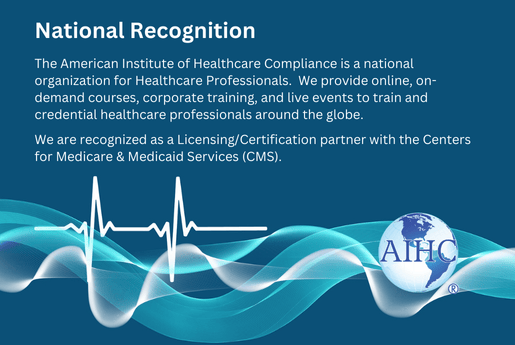
COMPUTERIZED PHYSICIAN
ORDER ENTRY
Online Training
with the option to certify online
Certified Medical Documentation Professional
Online Training
with the option to certify online
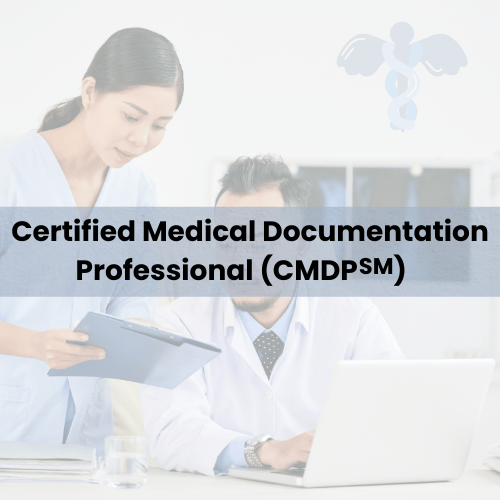
AUDITING TO QUALITY COMPLIANCE STANDARDS
Live Workshop
October 22-23, 2025
in Nashville, TN
REVENUE CYCLE MANAGEMENT 2025
Online Training
with the option to certify online
APPEALS MANAGEMENT 2025
Online Training
with the option to certify online
CORPORATE COMPLIANCE
Online Training
with the option to certify online

HIPAA COMPLIANCE
Online Training
with the option to certify online
AUDITING FOR COMPLIANCE
Online Training
with the option to certify online
Online Training
with the option to certify online

Online Training
with the option to certify online

Online Training
with the option to certify online
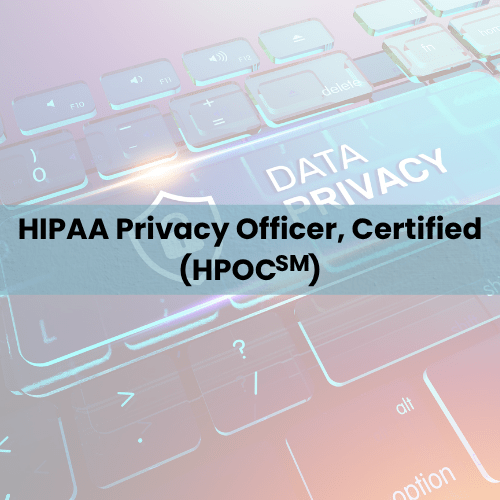

HIPAA FOR MANAGED SERVICE PROVIDERS
Online Training provided by
Certification provided by the American Institute of Healthcare Compliance.
How to Earn .25 Continuing Education Unit by reading the Monthly Newsletter

